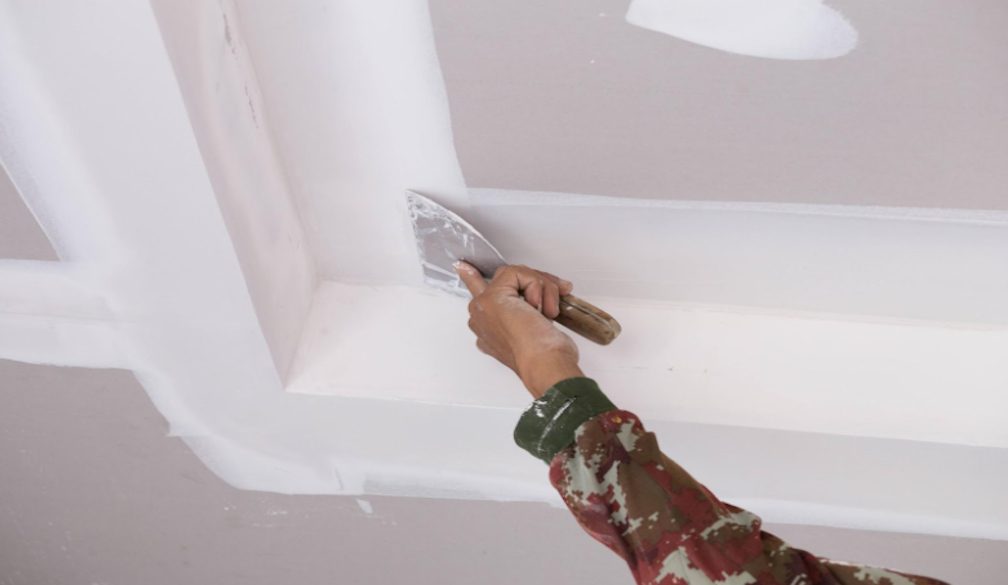Plastering and Drywall Work: Advantages and Features
- Written by The Bulletin

Plastering services have not lost their relevance lately. They are necessary for everyone who wants to quickly and inexpensively renovate their home or office. At the same time, it is not always desirable to carry out such repair work on your own. That is why it is best to contact plasterx.melbourne plastering company in Melbourne, which has extensive experience in performing work of any complexity. PlasterX takes full responsibility for the quality of the project. In the process of fulfilling orders, advanced technologies and innovative materials are used. All this allows you to achieve maximum quality and durability of the finished structure.
Features of Professional Plaster Repair Services
Professional plaster repair services are a great opportunity to restore the lost functionality and design of your premises. With the help of repairs, you can improve the appearance of the walls and ceiling without much time and money. It is also a great opportunity for emergency restoration of the lost functionality of housing. Among the key features of professional services are the following:
- Accurate diagnostics of damage. The specialist conducts the most thorough inspection of the premises. He determines the cause of the malfunction and selects the most appropriate method of elimination. Different methods are used for assessment to assess the extent of damage.
- Surface preparation. After inspection, specialists begin to prepare the surface. To do this, you must first remove the previous layer of plaster. Next, the surface is thoroughly cleaned and primed to ensure better adhesion to the material. This is one of the most important stages of the work, since the final result of the work depends on the correctness of the cleaning and preparation.
- Selection of a suitable mixture. Next, the optimal plaster mixture is selected depending on the nature of the damage and the design features. It is important that the materials are compatible with each other to ensure the best results.
- Application and finishing. After all the preparatory work, the plaster is applied to the surface. It is very important to carefully distribute it over the surface. This allows you to achieve a perfectly smooth surface without cracks. Next, you need to wait until the plaster dries. After that, the surface is finished and sanded.
It is almost impossible to cope with all these tasks on your own. That is why the best assistants will be the PlasterX masters. They have extensive experience and knowledge, which allows them to carry out the most complex projects with minimal costs for clients, providing the best results.
Drywall Repair Work
Drywall repair is also quite a difficult task that requires careful planning and attention to detail. Here, it is necessary to take into account many subtleties to ensure the best result. Thus, among the most popular drywall repair works, you should pay attention to the following:
- Replacing damaged sheets. One damaged sheet can be carefully replaced with a new one. In this case, you will not have to carry out a full-fledged repair. You can cope with minimal costs and efforts.
- Eliminating seams and cracks. In some cases, you can putty the cracks with special solutions. This method is used in the early stages of cracks or seams. The structure also needs to be strengthened in order to ensure maximum strength and stability during operation.
- Restoration of corners. Corner elements very often suffer from various damages and increased loads. This is why it is important to resort to professional repair services.
PlasterX specialists will provide the best result and help complete the work in the shortest possible time. With them, any repair will go as smoothly, quickly and without a hitch as possible.
Advantages of Professional Services
PlasterX is ready to provide its professional services for plaster and drywall repair. Extensive experience allows us to carry out projects of any complexity. Quality certificates confirm the professionalism of employees and the safety of the methods used for repairs in accordance with international standards.
Specialists from Melbourne strive to provide high-quality service for everyone who wants to quickly complete repair work. It is recommended to seek advice from specialists in advance, who will help you choose the best repair option with minimal costs for your home or office.













